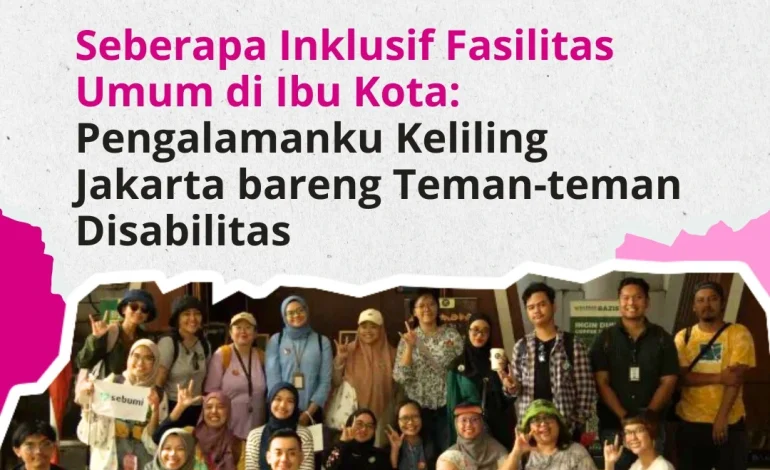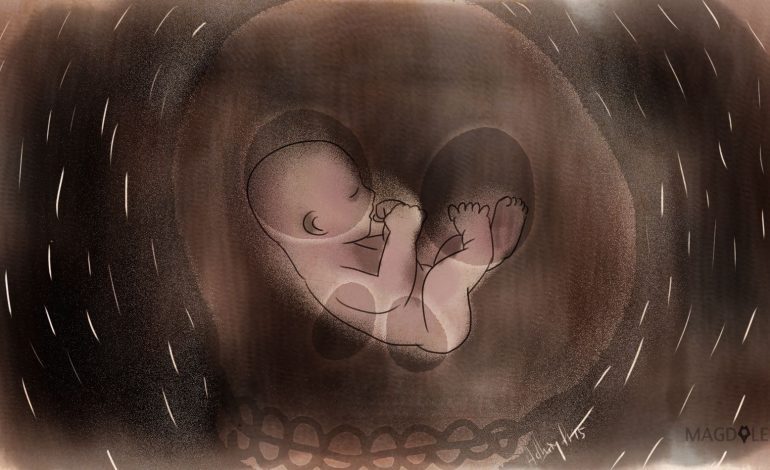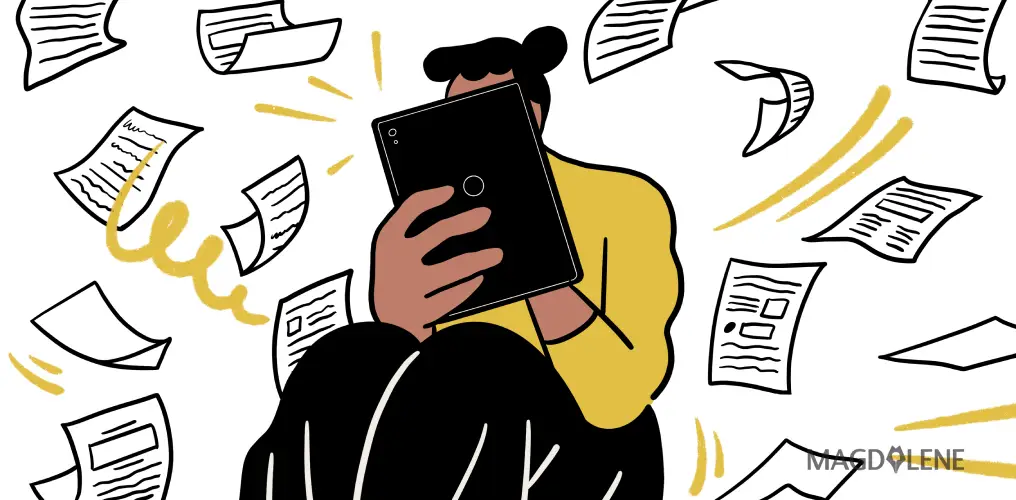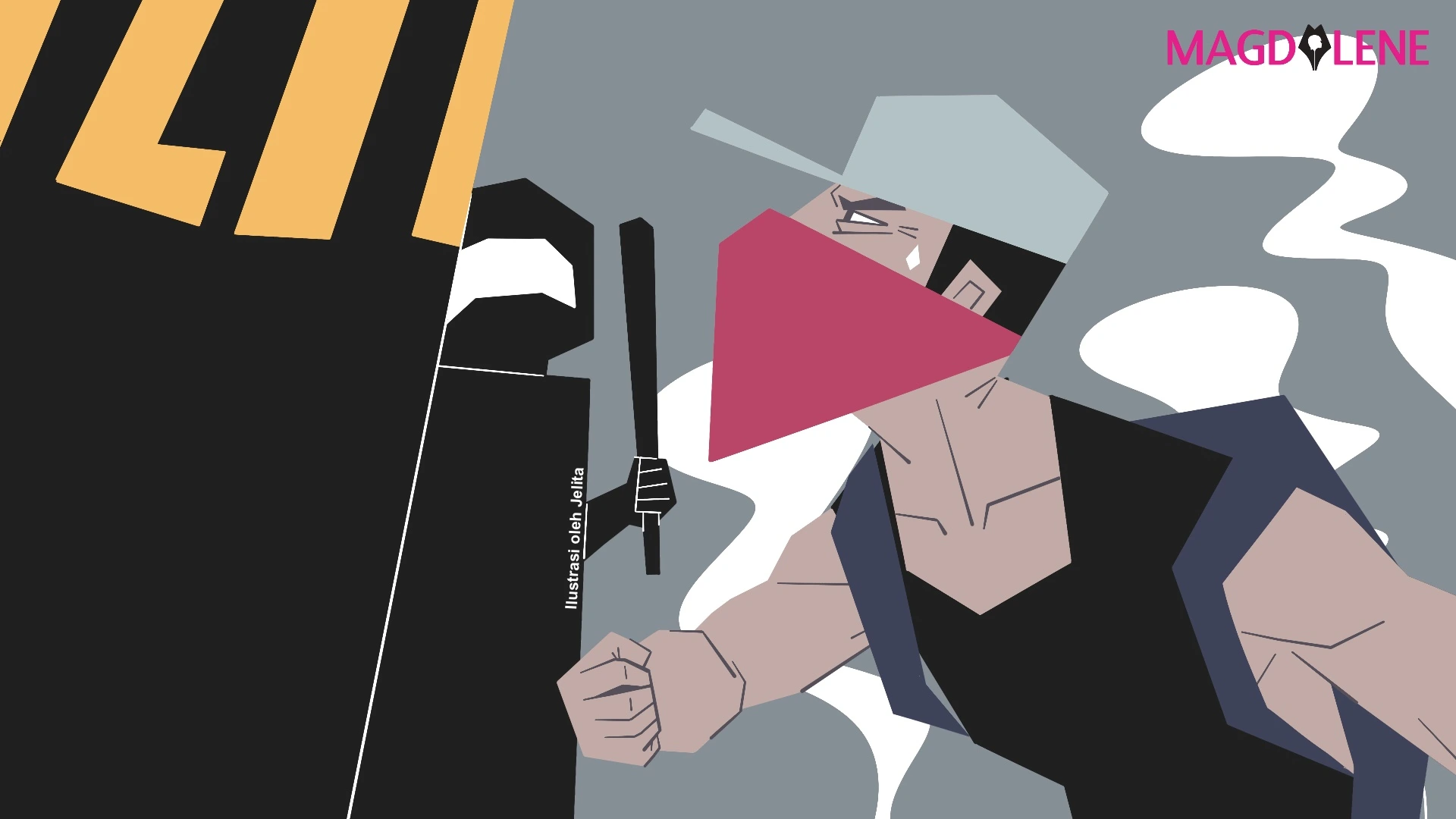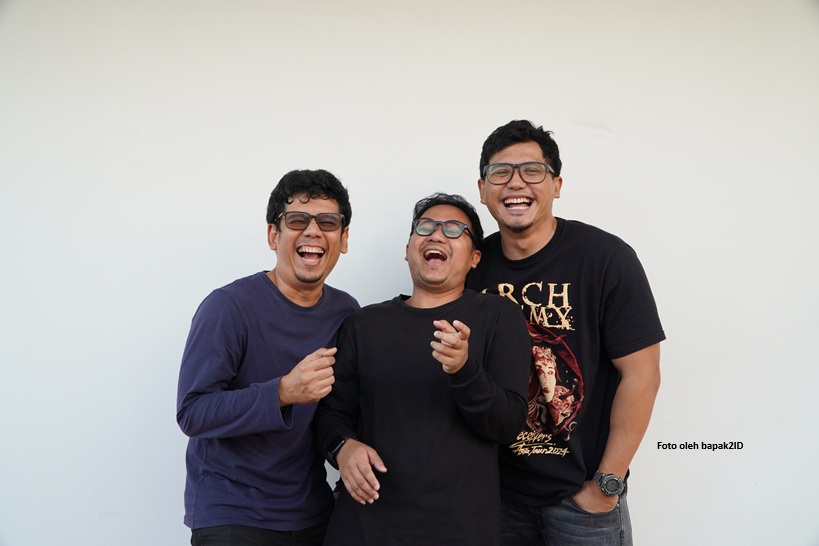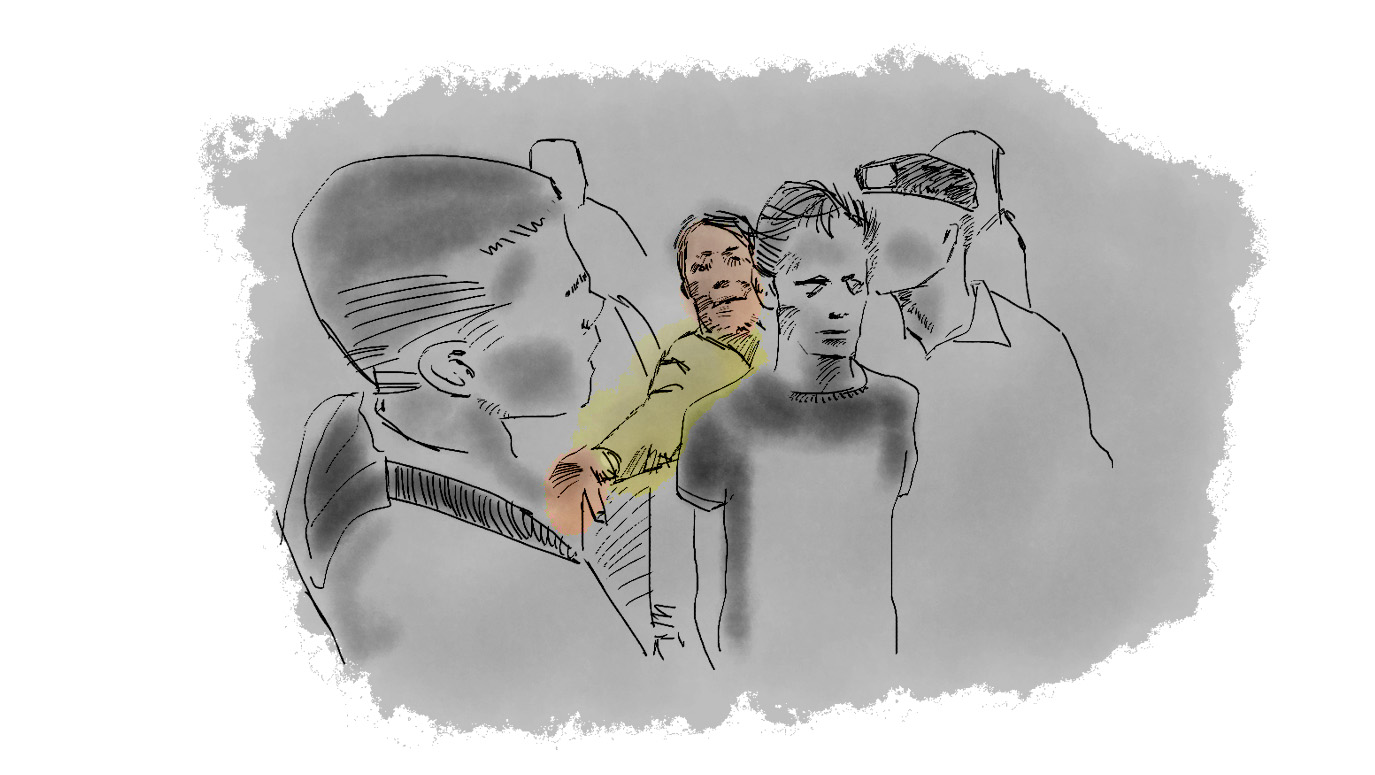
Only 15 percent of news sources (people seen, heard or read about) in Indonesia on Instagram are women, compared to a whopping 85 percent of men. Men are interviewed or quoted as experts or commentators by news outlets at eight times the rate of women. Men are also more likely than women to be asked to comment on politics and government issues.
When women are visible, they are more likely to appear as hosts, not as subjects or experts. Moreover, women are less likely to be displayed in Instagram thumbnails, further diminishing their visibility.
These are my findings after monitoring five Instagram accounts of prominent Indonesian news outlets for a month, from August 6 to September 5, 2023. The outlets were Detik, Kompas, Tribun News, CNN Indonesia, and Metro TV—all widely followed news platforms with more than 11 million followers combined.
Out of 635 sources recorded, men held the dominant roles as subjects and experts across all news categories. On the other hand, women were more likely to be seen as ordinary people speaking about their personal experiences rather than providing their expertise.
The results are concerning but not surprising. Five years ago, Tempo Institute and Tempo Data Analysis Center monitored ten prominent news outlets in Indonesia, including newspapers and online. They revealed that of over 11 thousand sources, only 11 percent of them were women, despite the fact that women comprise 49 percent of the country’s population.
Women are grossly underrepresented as news sources in Indonesia, as they are around the world. In 2020, research showed that only 25 percent of news sources worldwide were women, and that it will take 67 years to close the gender gap.
Also read: Mugler’s Fashion Makes Women Look Like Goddesses But Feminist Critics Can’t Agree
Why it matters
This issue matters because when an entire group of people is underrepresented in the everyday news that we consume, we are left with an incomplete or inaccurate depiction of our reality, the very thing that news is supposed to get right. Underrepresentation can reinforce existing gender stereotypes that have existed for decades, such as the outdated notion that men belong in offices while women should be caregivers at home. Furthermore, stereotypical media portrayals can shape people’s attitudes and perceptions.
News, whether on traditional or digital platforms, plays a significant role in shaping public attitudes about gender. When the media predominantly interviews men as experts, that practice diminishes the recognition of women’s leadership and knowledge.
Similarly, if the media consistently depicts women in household roles, it restricts their potential in the public sphere. The exclusion of women experts devalues their contributions, reinforcing the idea that women’s roles and knowledge are inferior to men’s.
Also read: Women Leadership and Misogyny: A Salute to Jacinda Ardern
Why it happens
The reasons behind the underrepresentation of women in the news in Indonesia are complex and layered, making it challenging to pinpoint a single cause. Indonesia is a patriarchal society, making women less likely than men to hold leadership roles. Even so, only a few women participate in public discussions, as per Tempo’s 2019 research.
And for journalists, unconscious bias and tight deadlines often lead them to rely on existing contact lists rather than seeking diverse perspectives. As a former journalist, I get it! I know that repeated contacts are dependable, easily accessible, and more responsive to inquiries.
There are other reasons, too. Many women experts lacked confidence, were hesitant to appear on camera, faced time constraints, and had a limited understanding of how the news media operates. This situation is further complicated by cultural challenges, online harassment, and other factors that limit opportunities for women to engage in public discussions.
Also read: The Big Elephant in STEM: Women Representation and Biased Products
What are the solutions?
There are several things that journalists, newsrooms, and organizations can do to improve gender balance. One of the simplest measures is tracking the gender of the sources used in articles, radio or TV shows, or social media posts. The goal is to create change based on data. Tracking is easy and there’s even a template for that.
When Ed Yong, then a writer for The Atlantic, realized that his sources skewed heavily—yet unintentionally—male, he started tracking the numbers and making necessary changes. He identified women experts in his beat areas and added more women’s voices. By doing so, he could ensure gender equality in his articles.
These extra steps only took him an additional 15 minutes per news piece. Consider the effort and attention reporters spend crafting and polishing their stories; what’s another 15 minutes to introduce greater accuracy and maybe change the world?
Some news organizations have effectively enhanced gender diversity through tracking. A notable example is the BBC, whose methodology has been successfully adopted by numerous international organizations, including VOA and Tempo. Other organizations are taking action by empowering women as expert sources. For example, Bloomberg created a program to provide media training to female executives globally, preparing them for interviews. It also compiled a global database of over 8,400 female experts.
These are all great examples, but we need to do more, especially amidst the eroding public trust in media and efforts by authoritarian leaders to control information. Ignoring half the population gives the public another reason to distrust the news. Therefore, I encourage journalists to include more women experts in their reporting and non-media organizations to train more women and put them in the spotlight. Additionally, we need to advocate for more inclusive practices, like hiring more women and placing them in leadership positions.
Newsrooms and organizations might ask, “What’s in it for us?” The advantages are manifold. Greater diversity benefits journalism by uncovering more stories, thereby enhancing credibility. It is suitable for businesses, too, as they may be able to reach untapped audiences.
As public trust in news declines, gender parity demonstrates a concern with accuracy, and in this way, it makes good business sense, too. Gender equality satisfies one of the UN’s sustainable development goals. The changes recommended here to individual and organizational practices are good for news, and they’re good for the world.
Vina Mubtadi received her Master’s in Digital Communication from the Hussman School of Journalism at the University of North Carolina in the Spring of 2024. She authored a thesis titled “Who is news, whose news? Gender representation in five Indonesian news outlets.” She is an analyst at the Voice of America in Washington, DC. The views expressed are her own.

